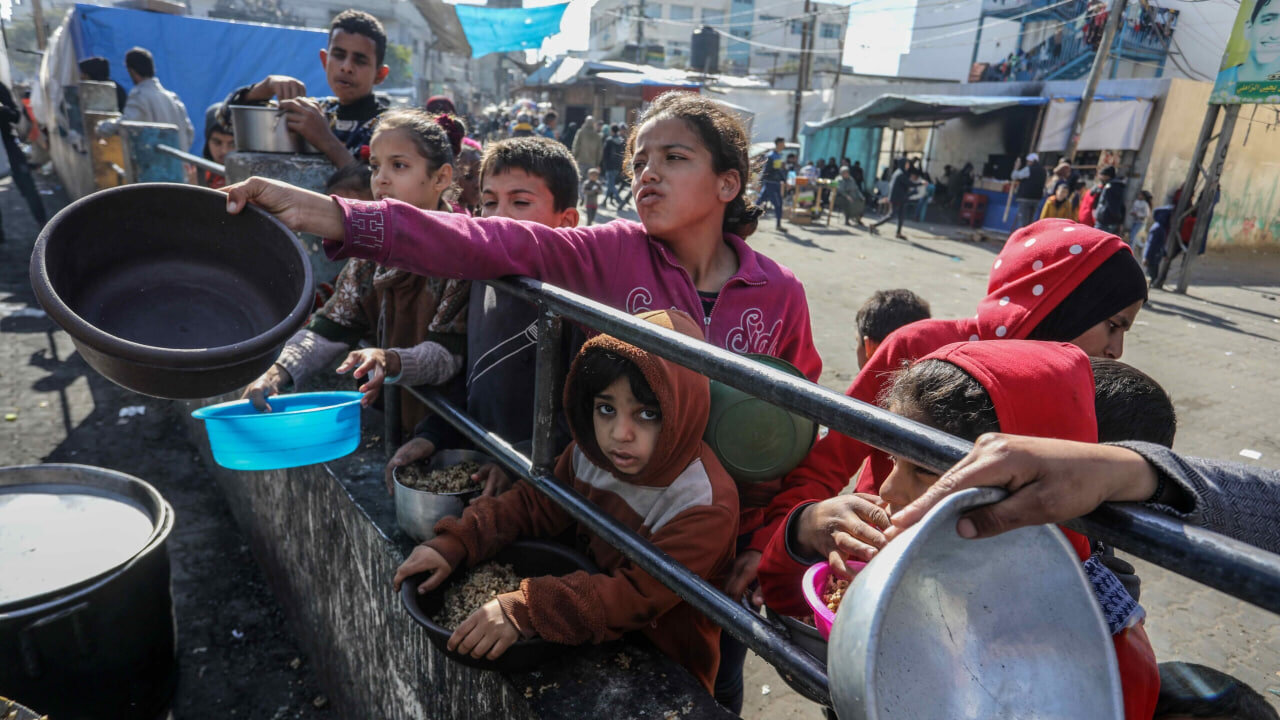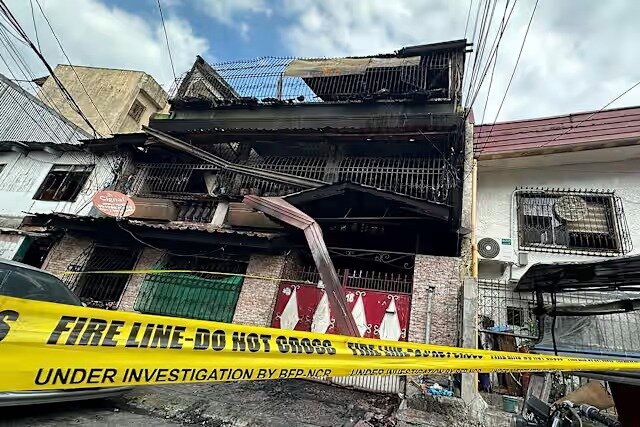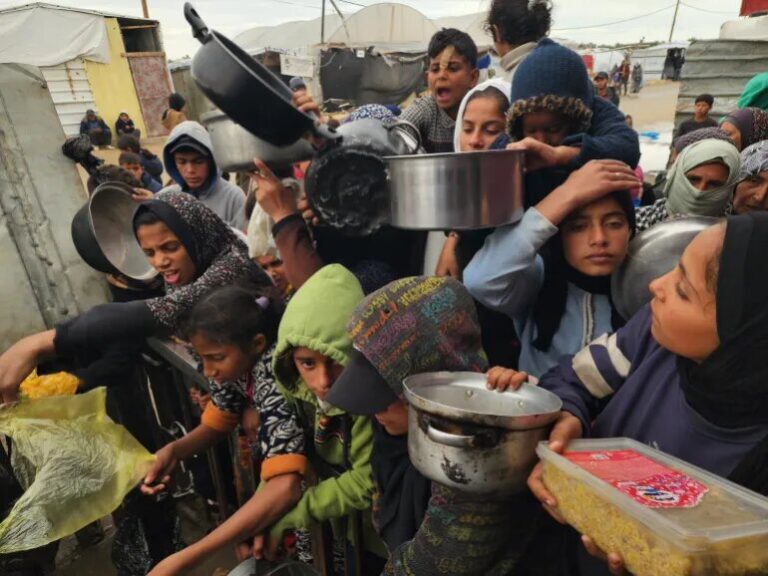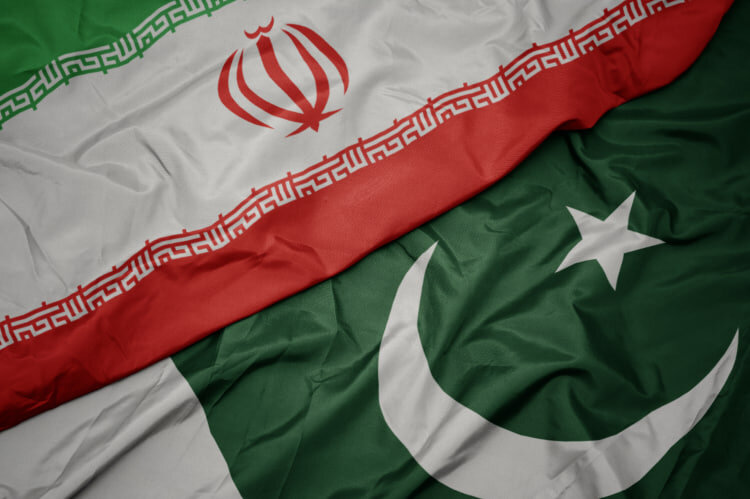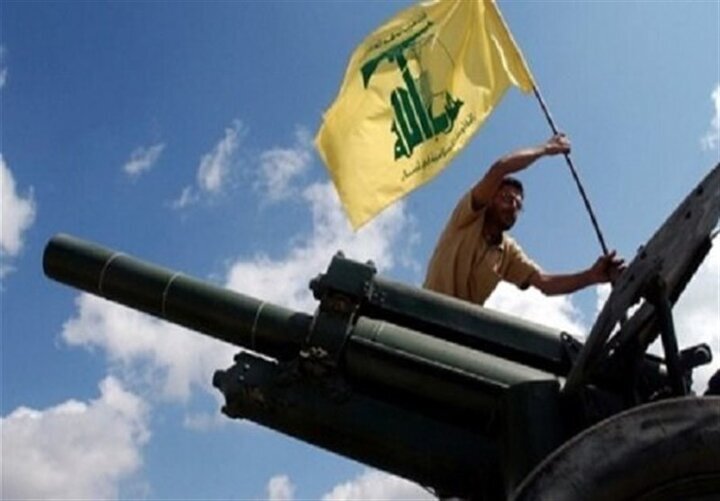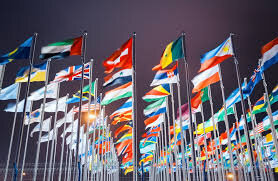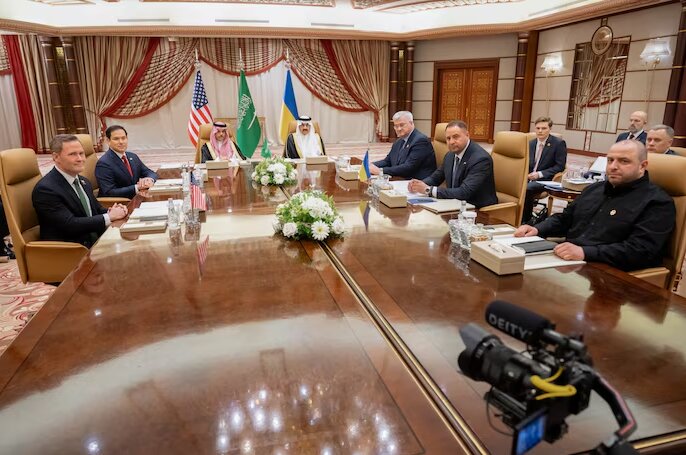Israel Declares Two-Thirds of Gaza No-Go Zones Amid Rising Tensions
In recent developments in the ongoing conflict, the situation in Gaza has escalated significantly, particularly in Southern Rafah. As reported by Al-Jazeera, Israel’s military has issued a new displacement order, signaling a return to intensified military operations. The primary keyword here is “Gaza conflict,” which highlights the urgent humanitarian crisis that has emerged as a result of these ongoing tensions.
Israel’s military operations have extended to parts of Gaza City, where a new ground offensive was launched to expand the so-called “security zone.” These military actions have triggered one of the largest mass displacements witnessed during the conflict, forcing hundreds of thousands of Palestinians – many of whom have already faced multiple displacements – to flee once more. The humanitarian impact is devastating, as families are uprooted from their homes amid escalating violence.
“Our biggest struggle now is displacement,” shared Abu Hazem Khalef, an elderly man who has been displaced from Gaza City’s East. “We have no idea how to handle this situation. I’m heading West of Gaza City, looking for any street where I can set up a tent,” he added. This sentiment of despair is echoed by many in the region.
Another displaced Palestinian, Mahmoud Al-Gharabli, expressed, “We are being forced to leave and we don’t even know where to go. We are exhausted and completely broken.” These personal accounts shed light on the dire circumstances faced by those affected by the ongoing conflict.
The military offensive comes on the heels of a statement from Israeli Prime Minister Benjamin Netanyahu, who threatened to escalate military actions to compel Hamas into making further concessions. “We are now dividing the Strip and we are increasing pressure step by step so they will give us our hostages,” Netanyahu stated in a video message on Wednesday.
On Friday, Israeli forces intensified their aerial bombardments, resulting in at least 30 fatalities since dawn, according to local medical sources and Gaza’s civil defense agency. This follows a tragic day of bombardment on Thursday, which claimed the lives of 112 individuals, a significant portion of whom were women and children.
Conditions within Gaza City’s Al-Ahli Hospital, also known as the Baptist Hospital, have been described as “nothing short of apocalyptic.” Al-Jazeera reporter Hani Mahmoud highlighted the horrific situation, stating, “We are seeing bodies laid on the ground and they are counted in the 10s.” He further noted the overwhelming sense of helplessness among medical staff, who are struggling to cope with the overwhelming number of casualties.
Key Points on the Current Situation:
- The military push is a response to ongoing tensions with Hamas, with Israel striving for further concessions.
- Netanyahu’s government is under pressure to release Israeli captives in exchange for Palestinian prisoners.
- Hamas has proposed a return to a previously agreed three-stage ceasefire framework.
- The humanitarian crisis includes substantial casualties and displacement within Gaza, affecting thousands of families.
Since March 18, 2023, Israel has resumed its military assaults in Gaza, breaking a two-month ceasefire that had been established after negotiations with Hamas collapsed regarding the next phase of the peace agreement. The ongoing conflict has resulted in a staggering humanitarian toll, with reported casualties reaching over 50,000 Palestinians and more than 114,000 injured. In the occupied territories, at least 1,139 individuals were killed during the Hamas-led attacks on October 7, with over 200 taken captive.
As the situation continues to unfold, the calls for a ceasefire and humanitarian assistance grow louder. The international community is watching closely as the toll on civilians mounts and the need for urgent intervention becomes increasingly pressing. The ongoing Gaza conflict remains a focal point of concern, emphasizing the need for effective dialogue and resolution to prevent further loss of life and suffering.
